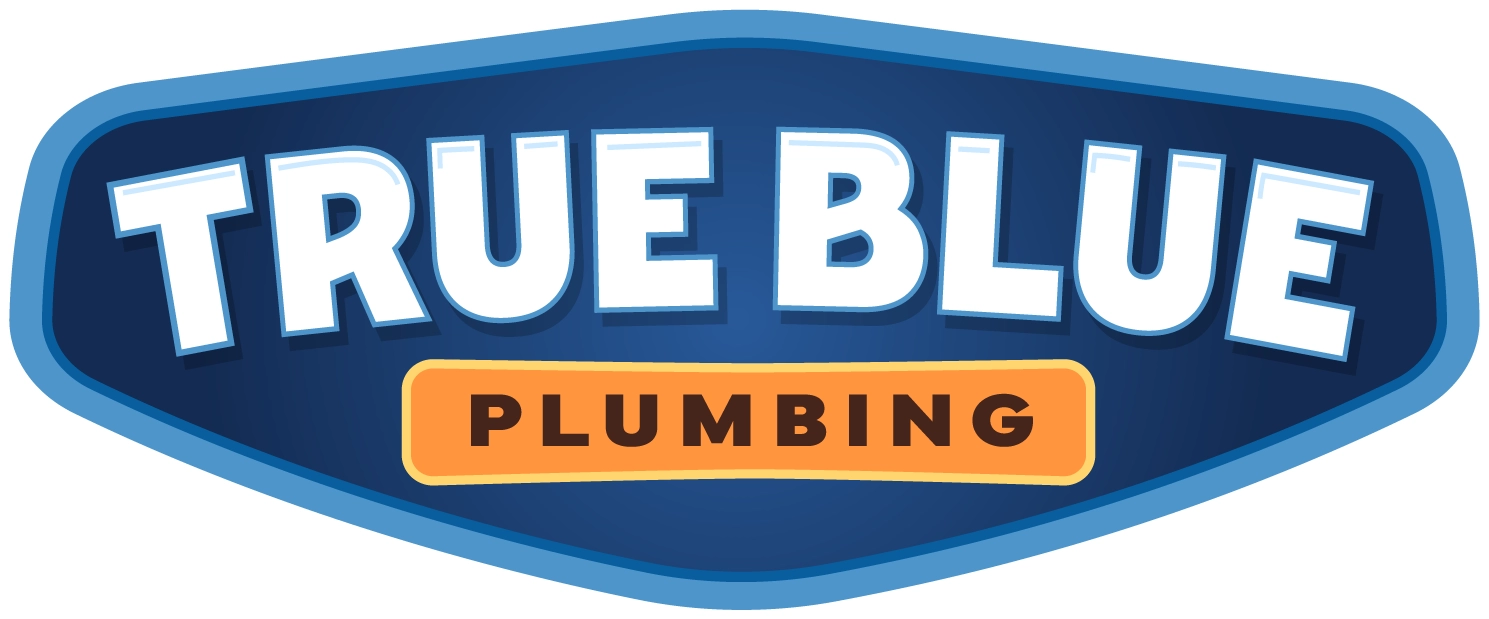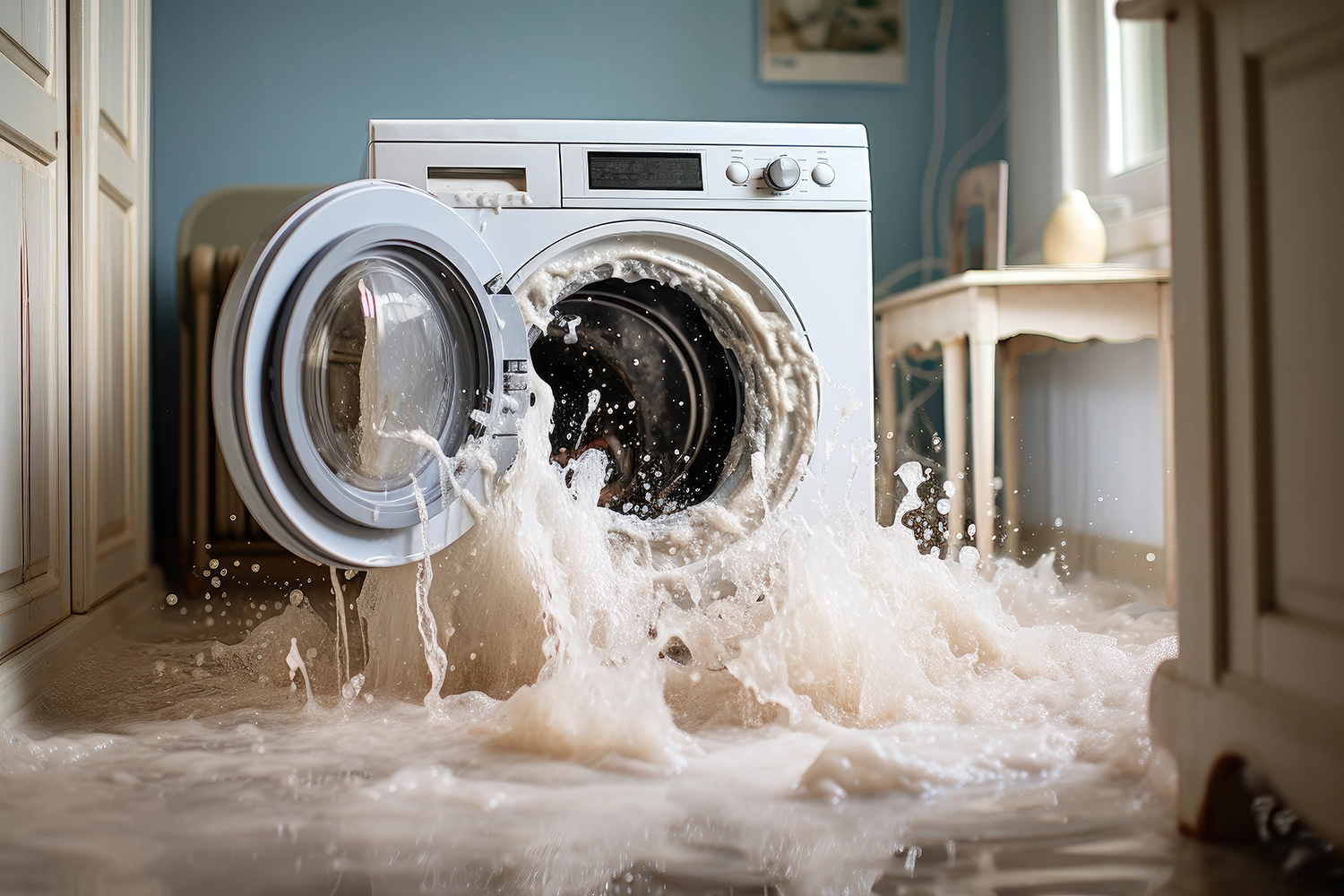No doubt, washing machines are household essentials whenever someone thinks about washing their clothes. However, there’s nothing more frustrating than finding a blockage in your appliance. Initially, the clothes may take slightly longer to clean because of how long the cycles last or because water remains in the drum. But if these signs are ignored, standing water, overflow, possible leaks, and water damage may occur.
Signs of a Clogged Washing Machine Drain Pipe
Clogging is a common issue people face when washing their clothes. However, ignoring the signs only causes worsening in the long run. Be sure to check for these indicators:
- Water Moves Slowly Out of the Basin
If your washing machine takes longer to drain the water, it could mean that the draining pipe is on its way to getting clogged. Because a washing machine’s spin cycle operates quickly and all of the water within the machine is quickly pumped out, a blockage is likely if water remains.
- Water left in the Drum
Once the washing cycle is over and the tub has been spun, no water should remain in it. A drain pipe blockage commonly causes water to be left in the drum where it should not be after the cycle ends. Standing water can cause mold growth and odor, as well as reduced machine functions.
- Home Flooding
Every drop of water should channel into the house’s plumbing system. A leak in the washing machine or an overflowing drain pipe indicates that water is forced back out of said system due to a clog in the drain pipe.
- Weird sounds
Drain pipe blockages routinely create an air pocket that expands pressure in the once-normal pipe, forcing weird gurgling sounds when draining. An odd noise happens when water is forced against clogs to overcome the barriers.
- Foul smells
Food particles trapped in washing machine drains have been known to cause bacterial growth. This can lead to unpleasant mold growth and foul smells. If mildew or rotten roots can be identified, one of the pipes is likely blocked.
Frequent Causes That Lead to the Clogging
The first step in resolving the clogged washer drain pipes is pointing out the cause of clogs in the washing machine drain pipes. Here are some of the most common offenders:
- Build-Up of Lint
Although washing machines contain a filter to collect loose lint, some get lost, and some wind up in the draining hose or pipe. Eventually, some penetrate deeply, becoming stiff pellets that hinder the passage of water. These and other clogs are among the most common reasons for the blockage of washing machine drain pipes.
- Soap Residue and Scum from Detergents
Scum may quickly form in the drain pipe over time if a large volume of laundry detergent is not very efficient. This glue-like material can also form deposits with lint and other substances that may lead to blockage.
- Other Obstructions
Your washing machine’s filters can easily miss small items such as socks, coins, hairpins, and buttons during and after the wash cycle. Materials from outside sources can easily cause a severe blockage, hindering the smooth drainage of water.
- Hard Water Deposits
In households with a hard water supply, calcium, and magnesium tend to leave deposits in the home’s pipes. Such deposits reduce the inside diameter of the pipe and, in addition, make it easy for lint, soap scum, and other waste to block the pipe entirely.
- Mold and Mildew
Since washing machines often come into contact with warm water, they are prone to mold and mildew infestation. Infestation might cause mold to grow within the drain pipe over time, leading to blockage and foul odors.
Preventative Measures for the Future
Once your washing machine drain pipe is unblocked, the next step depends on you as a user to do certain things to evade further blockages. Saying a few words regarding maintenance can go a long way in ensuring the proper working of your system.
- Attach a Lint Trap
A fundamental yet practical self-help procedure is to clamp a mesh lint trap towards the end of the washing machine’s drain hose to prevent clogs. These traps act as giant filters, catching lint or debris before entering the drain pipe.
- Choosing the Right Detergent
If you have a high-efficiency washing machine, make sure you’re choosing the suitable detergent. These have been designed in a way to reduce the suds, and thus the soap scum builds up in your drain pipe.
- Periodic Maintenance Services
Always try to make it a routine to check and wash your washing machine’s drain and drain pipes every three months. This will ensure that dirt particles do not accumulate, leading to blockages.
- Check Your Clothes
Another effortless technique that could help reduce clogs is to remove small pieces from clothing or other materials, such as paper or hairpins, from pockets before the wash has begun. It’s common for these objects to become lodged in the drain, increasing the likelihood of clogs.
All In All
Blockage of a drain pipe found in a washing machine is a nuisance, but it is usually a problem that can be solved with the proper methods. As a good practice, look out for the indicators early on, know what commonly leads to these problems, and most importantly, learn the procedures outlined in this manual through which you can sometimes take care of this entire problem independently.
If washing machines are regularly maintained properly, they will function properly and prevent clogging in the future. Contact True Blue Plumbing for expert help and maintenance. We can ensure we get the job done right and share ways to avoid future blockages.


